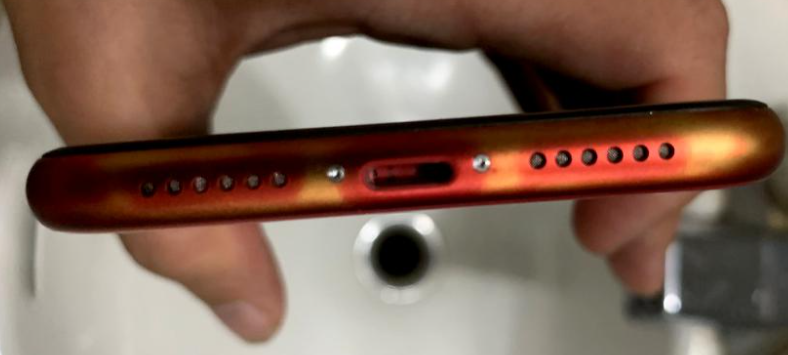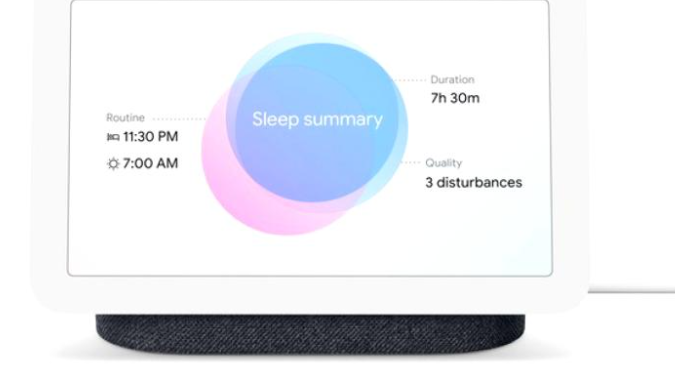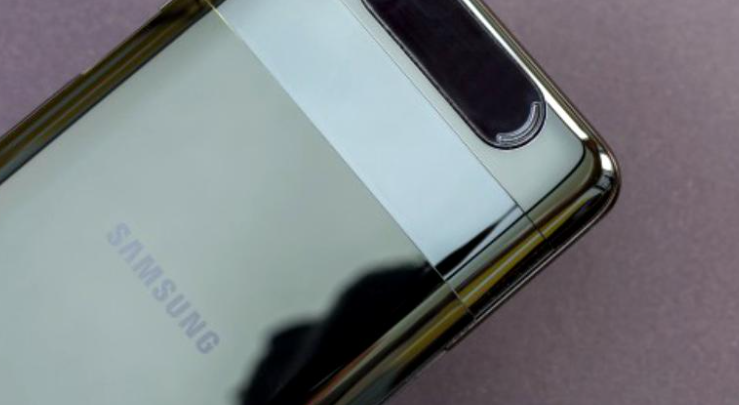
Tesla seems to have found a utility for the millions of batteries extracted from electric vehicles that have reached the end of their life: their conversion into auxiliary sources of electricity for homes.
Installed on board electrically powered cars, Li-Ion battery packs must meet strict requirements for the power and energy density provided, with the margin separating an almost new battery from a used one being only a few tens of percent of its capacity. from the factory. But a Tesla car battery pack that delivers less than 70% of its capacity on the label is far from ready-to-be recycled waste. Compared to an initial capacity of 50kWhr, or more, the capacity of a semi-used battery is still perfectly useful in less demanding applications, such as storing electricity captured by solar panels installed on the roof of a “green” home. Without space or total weight constraints, expanding storage capacity using more “recycled” Li-ion cells from electric vehicles is not a problem at all, especially if their cost is also competitive.
Thus, from the role of the most famous manufacturer of electric cars, Tesla can diversify its business strategy by delivering semi-autonomous power supply systems for homes, which can absorb or deliver energy to the national electricity grid, as appropriate.
“This is a prosperous future for both Tesla and utilities,” said Tesla chief Elon Musk. “If this is not done, the utilities will not be able to serve their customers. They will not be able to do so, “Musk said during an investor call, noting the continued power outages reported last summer in California. To these is added the recent failure of the Texas electricity grid, overwhelmed by the additional consumption that appeared in a situation of force majeure. But the benefits of a distributed electricity network, able to take energy in small quantities from a very large number of pro-consumers are undeniable. For example, in the context of the increasing use of “green” electricity generation technologies (eg solar or wind energy), the need for an auxiliary system that can compensate for the electricity needs of the grid at times when the above sources can no longer participate (eg cloudy sky, lack of wind) is all the more pressing.
Named Tesla Powerwall, the kit proposed by Tesla connects directly to the utility meter and the safety panel of the house, the installation of the battery pack being as simple and fast as possible. The idea is to provide consumers with an auxiliary source of electricity in times when the electricity grid is unavailable.
With or without solar panels on the roof, the Tesla Powerwall system can save on your electricity bill. For example, you can use the battery bank to store electricity outside the peak period (eg by opting for a night tariff plan), which you can deliver back to the system during the day. But it would be ideal to have your own source of electricity (eg solar panels), whose “product” to then deliver to the electricity company, thus compensating for the consumption made during the night.
According to the head of Tesla, distribution networks would need more power lines, more power plants and substations to completely decarbonize using renewable sources, which would include sufficient storage facilities. Distributed residential systems – using the technologies provided by Tesla – would provide a better solution, in Musk’s view. His claim was supported in part by recent studies by the Massachusetts Institute of Technology, which found that the United States could have a zero-carbon electricity grid but double its transmission capacity. Another study signed by Princeton University shows that the country should triple the capacity of its current network by 2050 to make possible zero-zero carbon emissions into the atmosphere.





